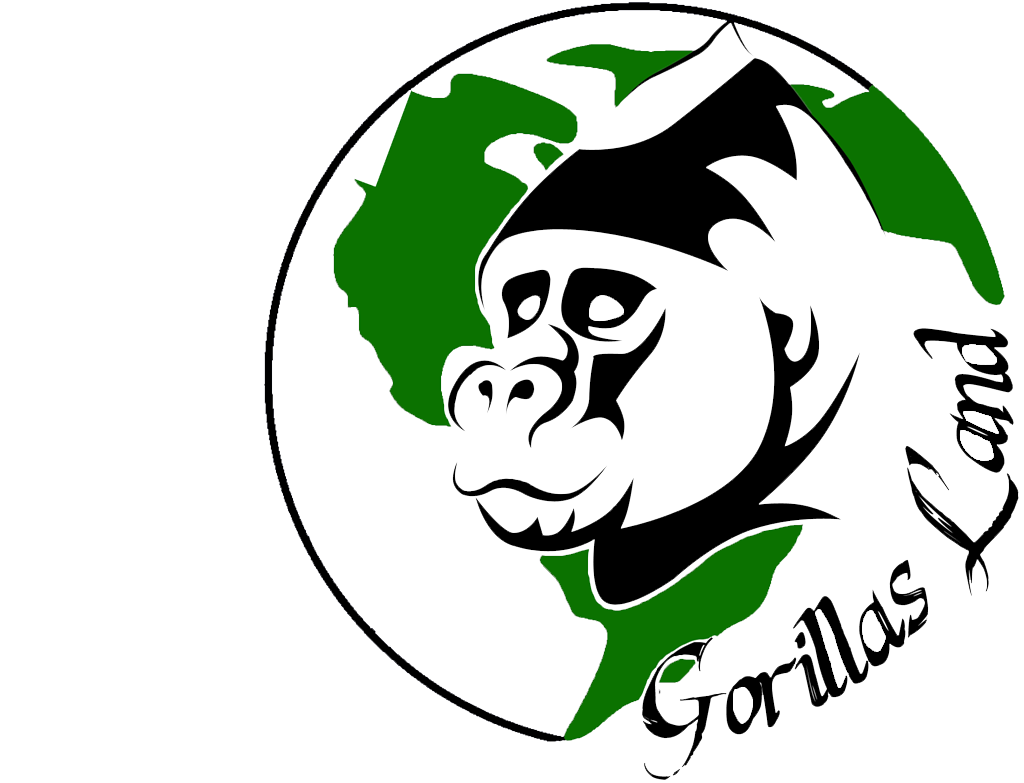GORILLA SPECIES
During a long time, it was thought that there was just one species of gorilla with three different subspecies. However, nowadays, it is known by scientists that there are at least two different species (Western and Eastern), which are split at the same time in two different subspecies:
W E S T E R N G O R I L L A S
Western lowland gorilla
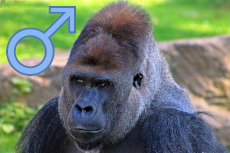
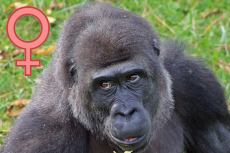
Scientific name: Gorilla gorilla gorilla
Distribution: Angola, Cameroon, Congo, Guinea, Gabon.
Description: they are the smallest of the gorilla species. They travel within a home range averaging from 7.8 to 47 square kilometers, looking for food. In 2006, 125.000 individuals were found in Télé and Marantaceae.
Conservation status: critically endangered (IUCN).
Wild population: ~100.000 individuals (WWF).
Current population trend: decreasing.
Under human care: this is the most common species in zoological institutions with 878 individuals under human care Worldwide, according to the 2017 Official Studbook.
Cross River gorilla
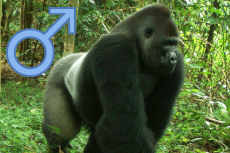
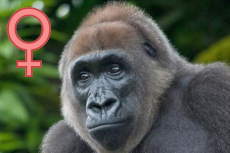
Scientific name: Gorilla gorilla diehli
Distribution: the border between Nigeria and Cameroon.
Description: they are considered as another subspecies since it was discovered in 2000 that they have a different skull and tooth dimensions, and they are considered the most endangered species of apes in Africa.
Conservation status: critically endangered (IUCN).
Wild population: ~250 individuals (WWF).
Current population trend: decreasing.
Under human care: there is currently no registered Cross River gorilla living under human care since the passing of Nyango in November 2016.
E A S T E R N G O R I L L A S
Eastern lowland gorilla
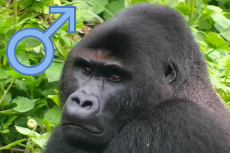
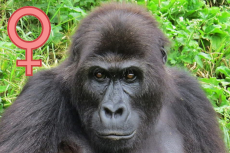
Scientific name: Gorilla beringei graueri
Distribution: Eastern Democratic Republic of Congo.
Description:
they are considered as the biggest primate species. They eat leaves,
fruit, bamboo and insects. They are endangered due to the destruction of
their habitat and the illegal hunting. They live in groups of 5 - 30
members.
Conservation status: critically endangered (IUCN).
Wild population: ~4.000 individuals (WWF).
Current population trend: decreasing.
Under human care: there is one Eastern lowland gorilla living currently at Royal Zoological Society of Antwerp (Belgium) and a group of rescued orphans at GRACE (Democratic Republic of Congo).Mountain gorilla
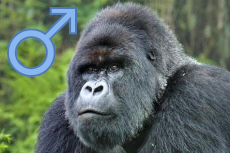
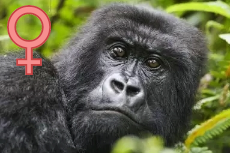
Scientific name: Gorilla beringei beringei
Distribution: Virunga Mountains and Bwindi Forest.
Description:
only two population remain, living in the Virunga area (Rwanda) and
Bwindi (Uganda), but since 1989, the number of mountain gorillas has
increased. Due to the cold weather they have very long and black hair.
Conservation status: endangered (IUCN).
Wild population: ~1.000 individuals (WWF).
Current population trend: increasing.
Under human care: there is only one rescue center keeping Mountain gorillas, located in the Democratic Republic of Congo. Senkwekwe Orphan Mountain Gorilla Center has currently a group of four individuals.Cree un sitio web gratuito con Yola
